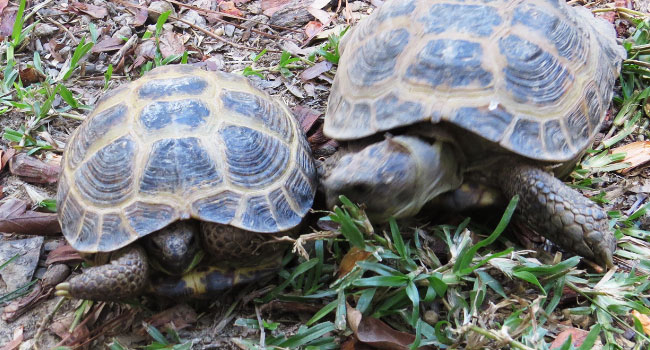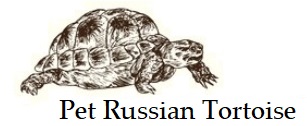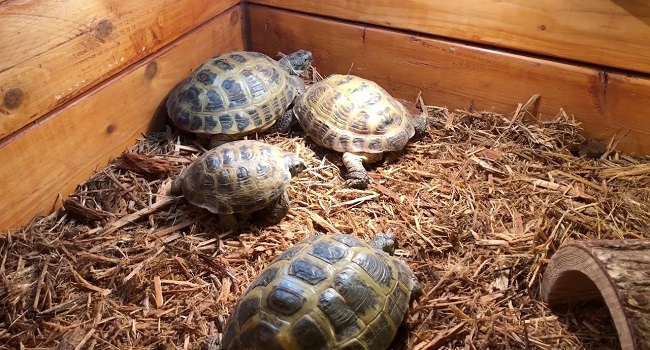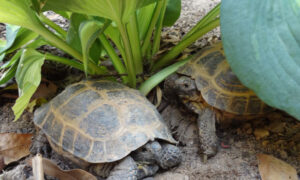Unlike your dog who may thrive with interaction with other dogs, Russian tortoises do not get lonely if housed alone. A single Russian tortoise can live happily and healthily without ever having an enclosure-mate. Although Russian tortoises are not social, they will interact with people and other tortoises.
Russian Tortoises Friendly to People
A Russian tortoise may come running when he sees you coming into the outside enclosure or near an indoor enclosure. However that doesn’t mean he’s social. He’s merely trying to see if you have food. Tortoises will recognize their owners by sight and are aware of who’s feeding them.
Wild Russian Tortoises
In their natural habitat, Russian tortoises live fairly solitary lives. They may see other tortoises and interact with them once in a while, like to mate, however each tortoise spends its day-to-day life self-sustaining itself. Russian tortoises are not pack animals. They settle disputes quickly and move on. They mate and move on.
Russian Tortoises Social with Other Tortoises
Multiple tortoises can live together. They tolerate each other to some extent. However the more tortoises you house in one enclosure, the larger the enclosure needs to be and the more shelters you need.
When housing multiple tortoises, only house Russian tortoises together. Do not mix species. Even though there are other species with similar care, like the Greek tortoise, you do not want to house them together. Different tortoise species can potentially pass along different bacteria that can affect the other species differently.
Also, if you plan on housing more than one tortoise in the same enclosure, ensure the gender of the tortoises. Ideally, you don’t want to house multiple males in the enclosure. If you do plan on mixing more than one male, make sure there is plenty of space to reduce bullying. Males can be quite territorial.

If you plan on housing a male and a female, understand the risk of mating and eggs. Also, keep in mind that one male will harass one female. It can cause serious stress on the female tortoise. The male will cause bodily and mental harm to the female. If you’re going to house a male and female, it’s ideal to house one male to every two to three females. This spreads out his attempt at mating with one stressed out female all day.
If you plan on housing two females, you reduce the risk of constant attempts at mating, however you still risk bullying from the more dominant female.
The BIGGEST key to housing multiple Russian tortoises in one enclosure, whether it’s an inside enclosure or an outside enclosure is to have EXTRA space.





